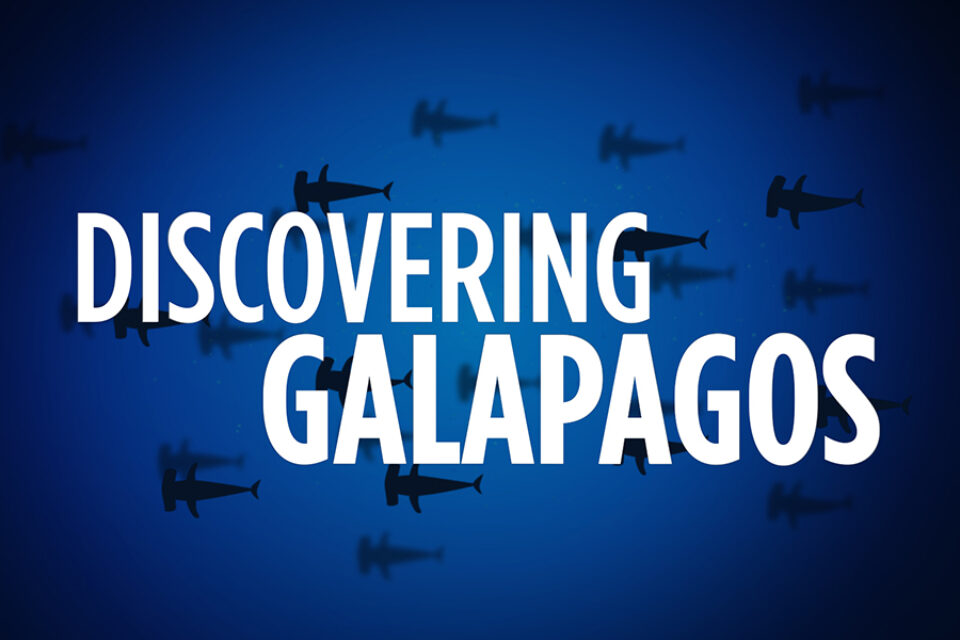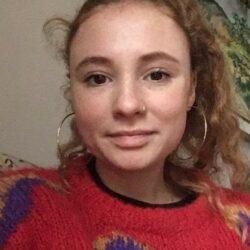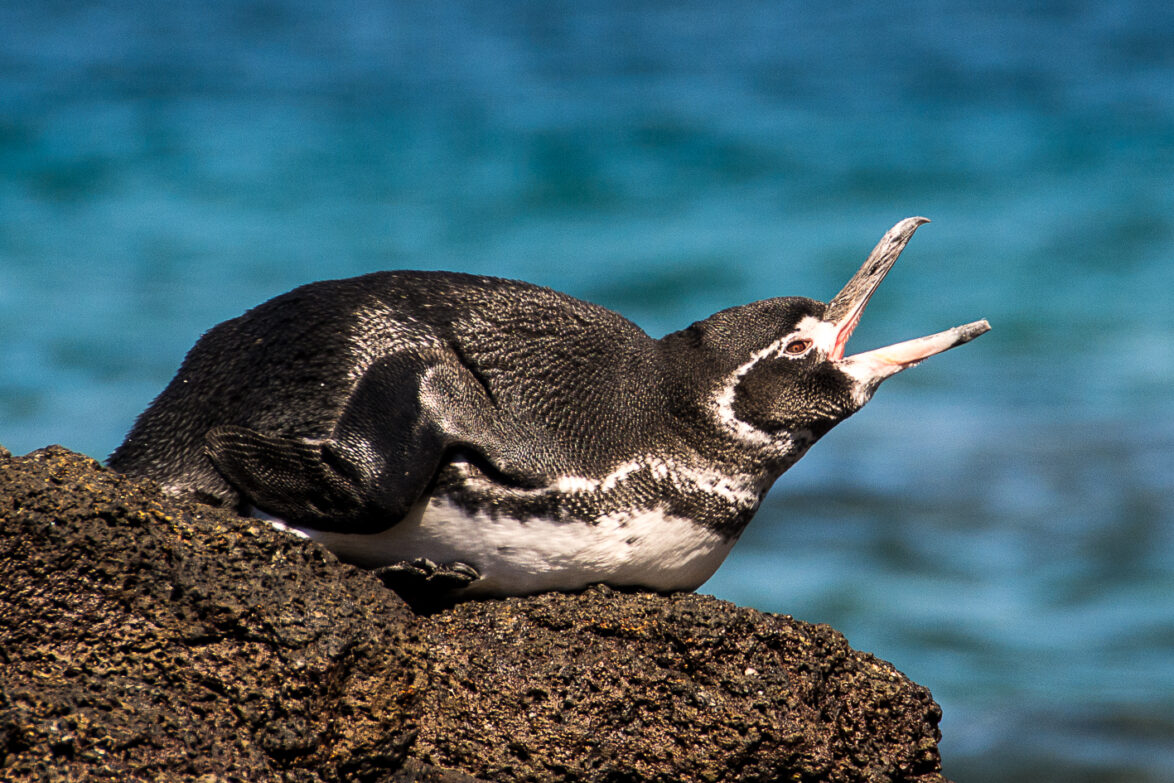
How can we use technology to save the Galapagos marine iguana?
Andrea Varela of the Iguanas From Above project shares her experience studying the iconic marine iguana using the latest technologies.
Can you give a brief overview of the Iguanas from Above project and what you hope to achieve?
The Iguanas from Above project embarked on its pilot field phase in 2020. During that time, we tested drones as an innovative and non-invasive method to monitor colonies of the charismatic Galapagos marine iguana. We were able to confirm the benefits and precision of this approach and over the past four years, we’ve conducted annual field trips during the iguanas’ reproductive season, capturing aerial images across their distribution range, which encompasses the entire Archipelago. In parallel, this project uses citizen science methodologies, which involve volunteers worldwide contributing to the data analysis by counting marine iguanas in drone images.
The primary goal of this project is to gather complete and up-to-date data on marine iguana colonies, enabling us to estimate population sizes and prioritise local conservation efforts. This project is a collaboration between the University of Leipzig, the Galapagos Science Center and the Galapagos National Park Directorate.


Iguanas from Above
Discover the innovative project that combines drone technology with citizen science to monitor the health of marine iguana populations in Galapagos.
What challenges have you faced when surveying marine iguana populations and how can technology be used to overcome them?
Monitoring wildlife in Galapagos is challenging since many of the Islands are remote and difficult to access. This is no exception for marine iguana colonies. Curiously, many iguanas seem to like living on big cliffs surrounded by rough seas that are impossible to access.
Traditionally, monitoring of marine iguanas has been carried out through visual counts made while walking through colonies. However, this method is limited in accurately counting colonies that are difficult to access. This is where technological advances, such as drones, have been put to good use, allowing us to collect good quality data on all colonies because we can fly the drones from the boat, eliminating the need to visit them on land.
Furthermore, as this sampling method is faster, we have been able to monitor the entire coastline of several islands – an unthinkable achievement when we were exclusively conducting visual counts.


Marine iguanas
Learn all about the only lizard in the world with the ability to live and forage at sea.
What is citizen science and how are you using it to conserve marine iguana populations?
We have collected aerial images throughout the Archipelago, which has resulted in us having loads of data to process quickly – this is when the citizen science approach comes into play.
Citizen science is the participation of non-scientific volunteers in collecting and analysing data for research projects. Our project, Iguanas from Above, is part of Zooniverse.org, the biggest online platform for citizen science projects. Volunteers can join us in classifying our images by identifying and counting marine iguanas. As a result of this amazing support, we can obtain marine iguana counts in much less time than it would take for the research team. Additionally, we have seen how our volunteers are keen to generate broader discussions around conservation challenges in Galapagos and ways we can protect marine iguanas and the thousands of other species that call the Enchanted Isles home.
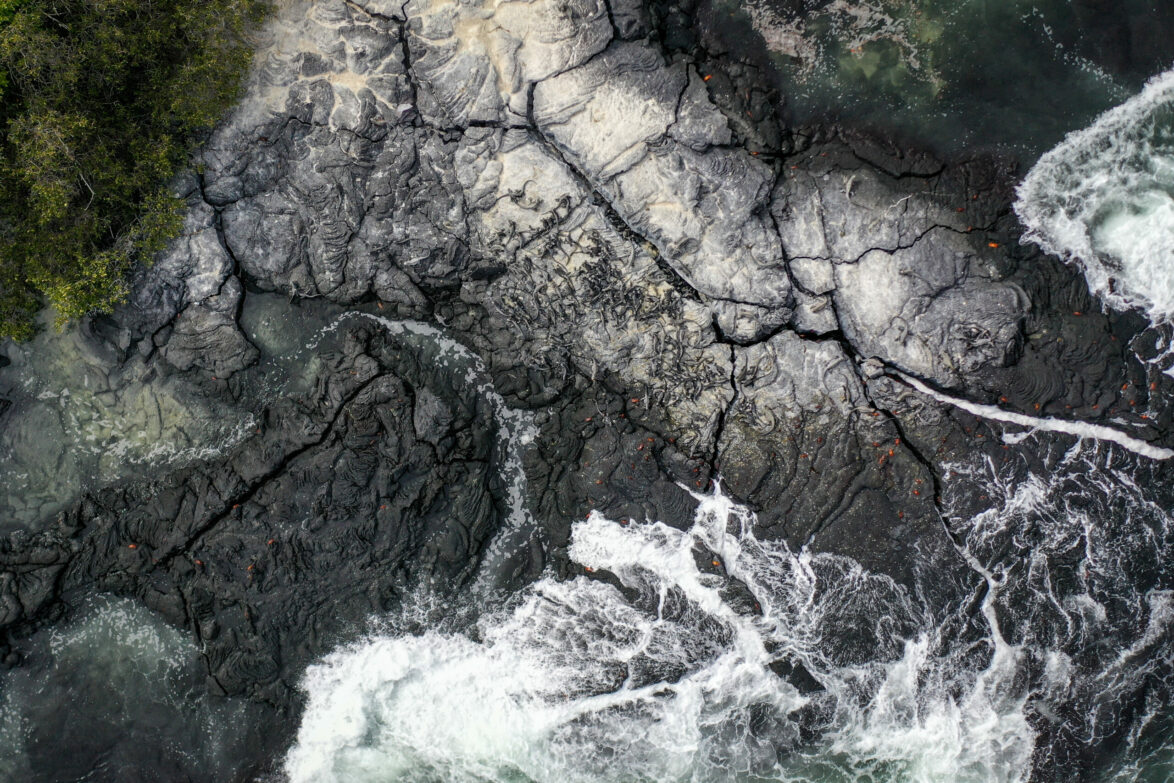

Citizen science in action
Discover how people around the world are helping to conserve marine iguanas!
What’s one piece of advice you would give to someone just starting their career in conservation?
Taking opportunities and maintaining persistence is crucial when pursuing a career in conservation. While the task itself can be challenging, the rewards are gratifying. I recommend creating opportunities for yourself by establishing connections with those leading conservation projects or organisations that interest you. Doing so can improve your chances of being considered for future projects, jobs, etc. Attending events where people share their experiences is also valuable, as you can build connections and get involved in meaningful discussions.


Inspiring the next generation of conservationists
We are helping to support the next generation of wildlife ambassadors on the Islands.
What is your favourite Galapagos species and why?
The Galapagos Islands are home to an array of incredible biodiversity, which makes it hard to choose. Besides the marine iguana, my favourite species is the Galapagos penguin. I think they are special, being the most northerly occurring species of penguin in the world. The encounters I have had with this species while snorkelling have always been fun and I am impressed with their ability to move so gracefully through the water. I’m thankful for the conservation efforts researchers and local managers are making to protect this Endangered species, and I hope their populations will recover.

Help the wildlife of Galapagos survive and thrive
There are many ways to support our vision for a sustainable Galapagos: why not adopt an animal, become a GCT member or donate today?
Related articles
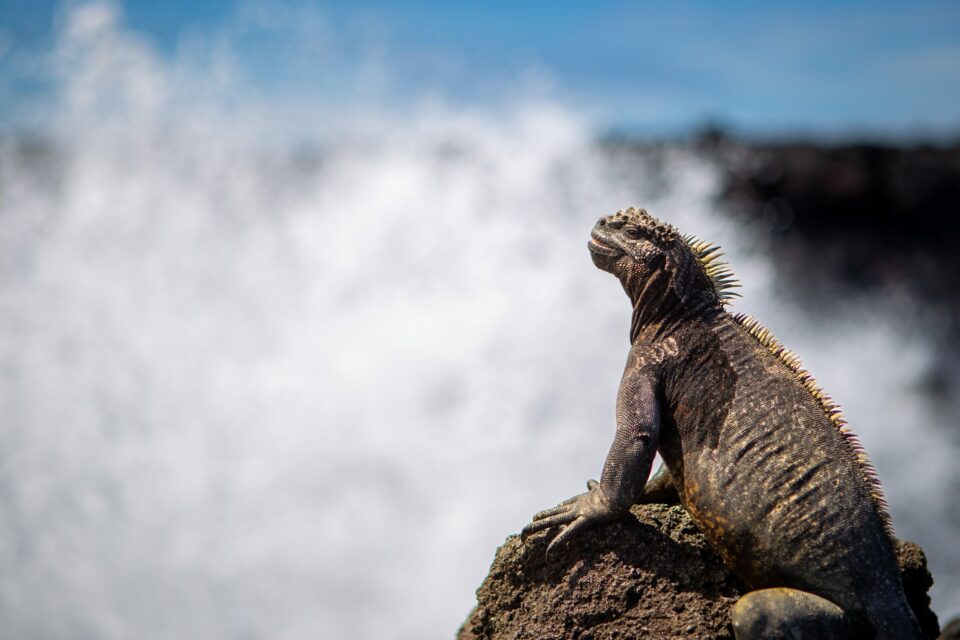
Iguanas from Above: Citizen science in action

Project Update: Iguanas From Above
